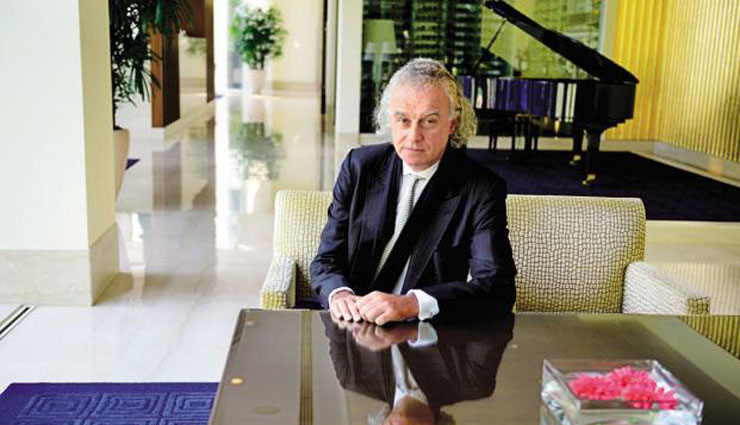The rich, with their ownership of investment assets and ready access to cheap credit to gear up their holdings, have continued to be “the chief beneficiaries of… unorthodox monetary policies,” says the CLSA strategist Christopher Wood.
Equities, Multiple Expansion
“In the world of equities, multiple expansion – not earnings [growth] – has been the chief driver of equity gains in America and Europe in recent years… Price-earnings ratio expansion contributed to an estimated 75 per cent of the gains in the US stock market last year and 43 per cent so far in 2014, and accounted for all the gains in Europe in both 2013” and the first half of 2014.
“Similarly, in the world of fixed-income, capital gains and related yield compression have been driven by the leverage employed in carry trades – leverage only available in a post-financial crisis world to the affluent.”
Wood argues that although the official rate of unemployment in the US has been falling, that gives a false impression of fundamental conditions in the labour market, as nearly all the improvement has come from people “leaving” the work-force by giving up looking for work. “More unemployed Americans leaving the work-force than found a job in 49 of the past 50 months.”
Unlike Fed chairman Janet Yellen, with her Leftist inclinations, many economists believe that this phenomenon is not cyclical – that is, temporary – but structural (fundamental). “America has entered the European dynamic, where rising government benefits reduce the incentive to work at the lower end of the labour market.”
If this view is correct, there is less slack in the labour market than the Fed currently believes. A pick-up in average hourly earnings growth is the most likely source of an “inflation scare,” which could bring a jump in expectations of monetary tightening sooner than previously expected.
That could have a shock effect, because continuing high debt levels mean the US economy “will prove ultra-sensitive to the impact of higher interest rates.”
However, Wood argues, any such inflation scare is likely to be short-lived, as such scares have in the past, as any evidence of rising-wage pressures, if such a development occurs, will probably turn out to be “‘late cycle’ confirmation that the US economic recovery which began in 2009 is nearing its end, not its beginning.”
Other interesting points he makes:
- Values in the futures market currently give a 56 per cent chance that the first interest-rate hike by the US Federal Reserve will happen in June next year, and an 85 per cent chance it will occur by September.
- There is a “truly remarkable” appetite for aggressive debt structures “just six years after such structures were discredited in the global financial crisis.” High-yield corporate bond issuance in the US rose from $43 billion in 2008 to a record $336 billion in 2013, and rose to $182 billion in the first six months of this year. There is also renewed appetite for higher-risk “covenant-lite” loans.
- History shows that there is a well-established tendency for financial markets to test a new Fed chairman in the first few months in office. “Given the almost eerie sense of calm, if not complacency, hanging over markets, as reflected in record-low volatility measures, the suspicion is rising that such a test may be approaching.”
CopyRight – OnTarget 2014 by Martin Spring

Leave a Reply